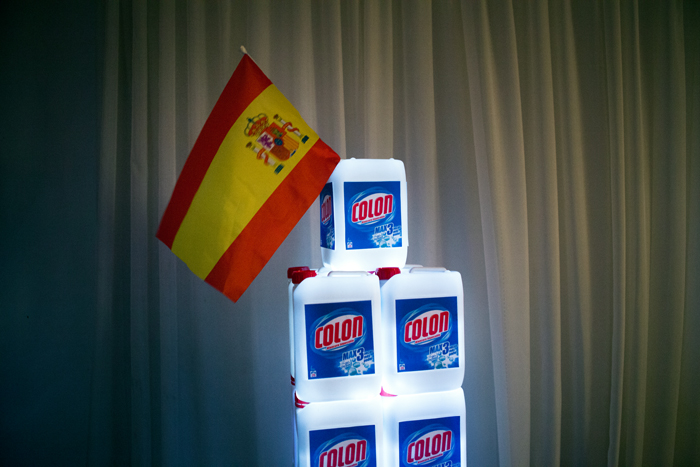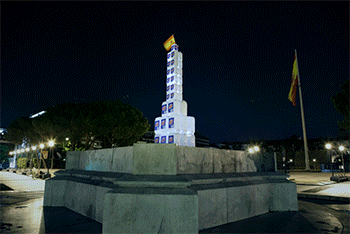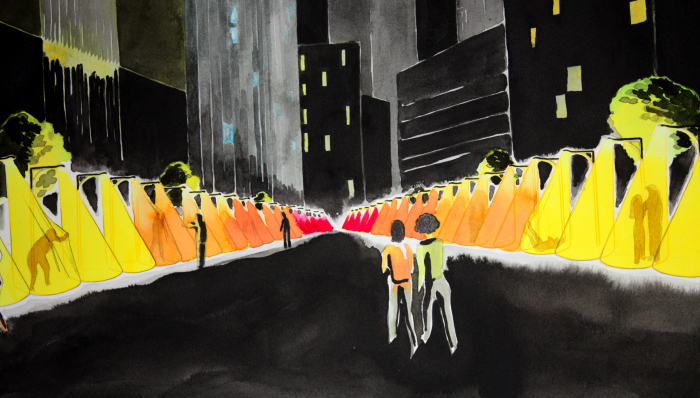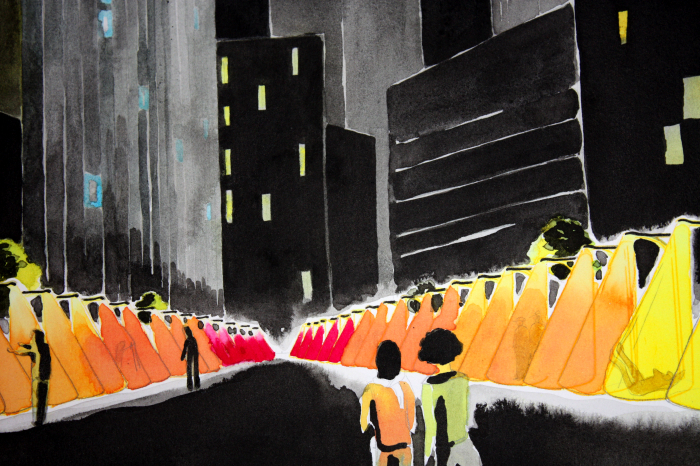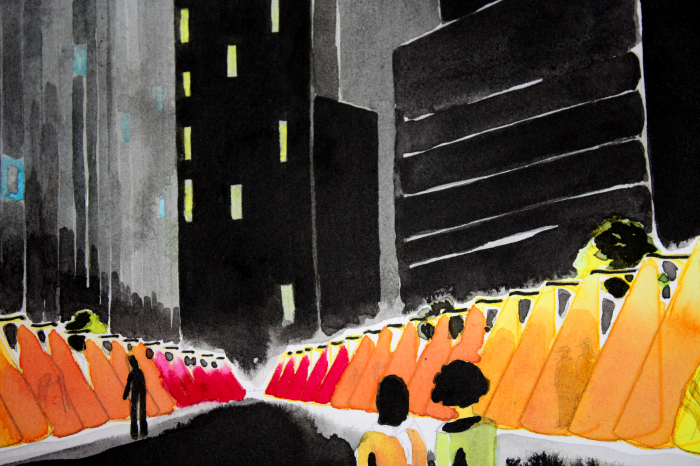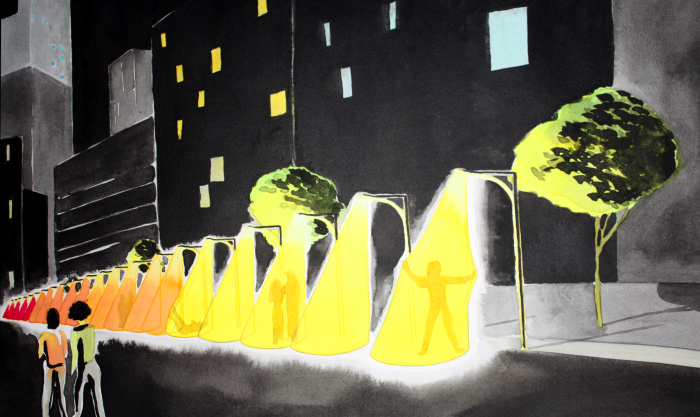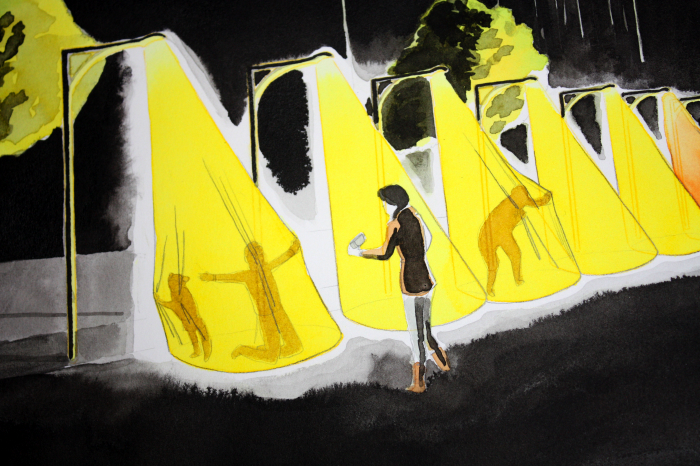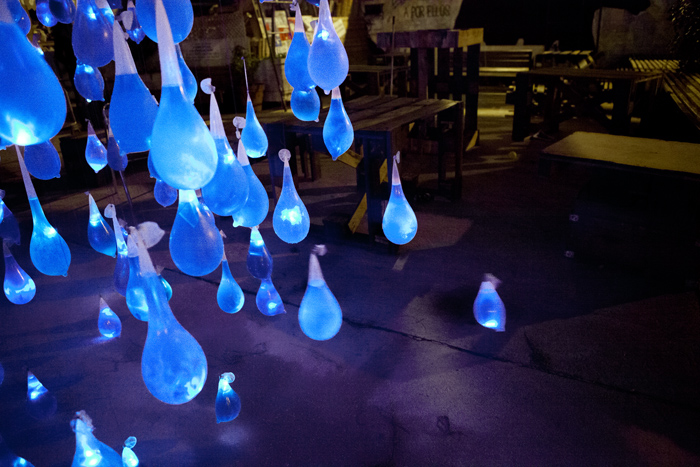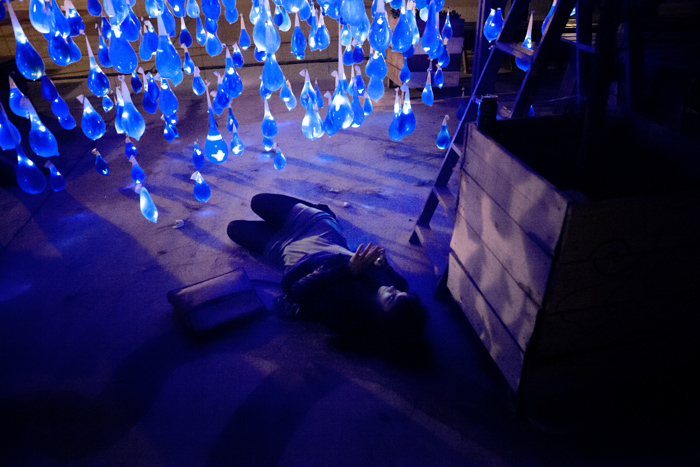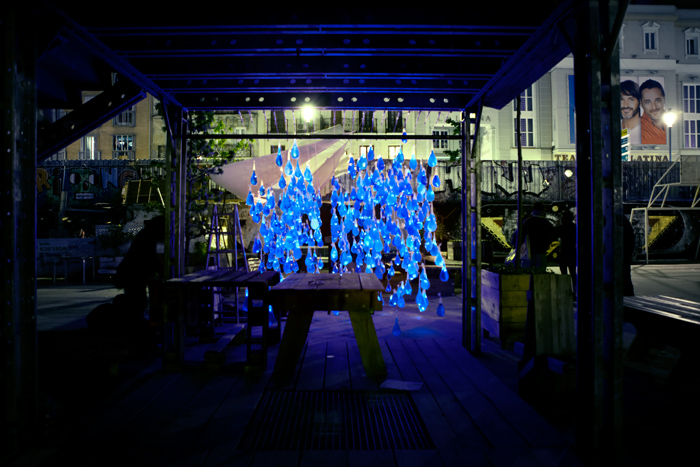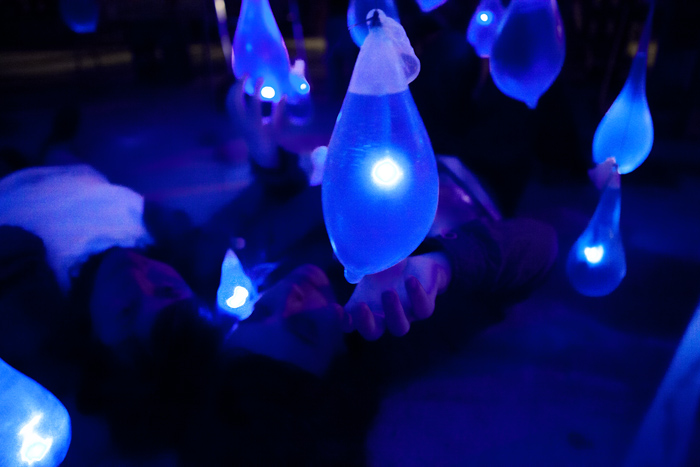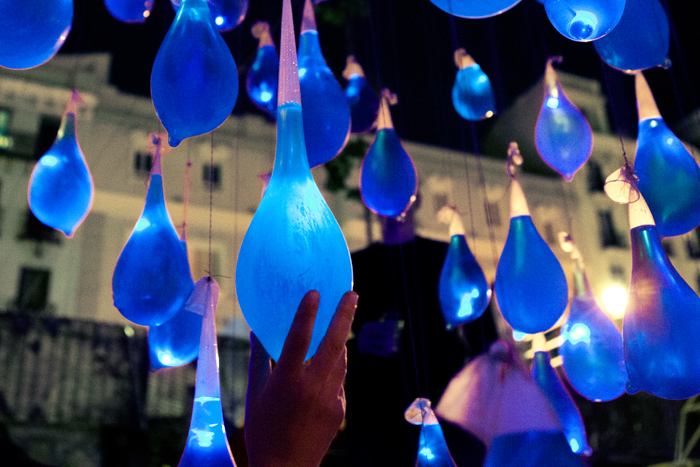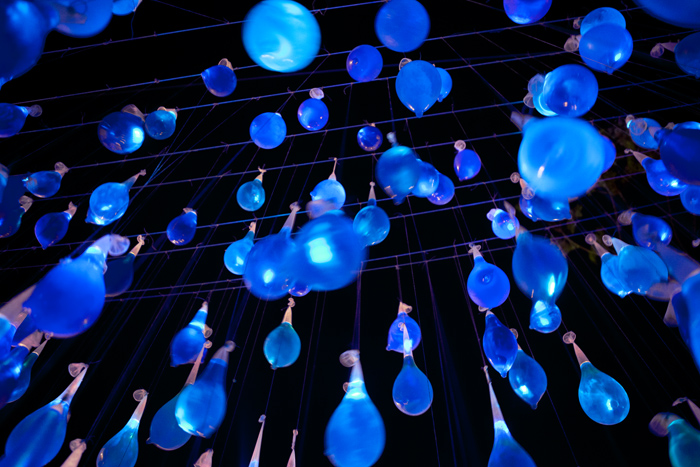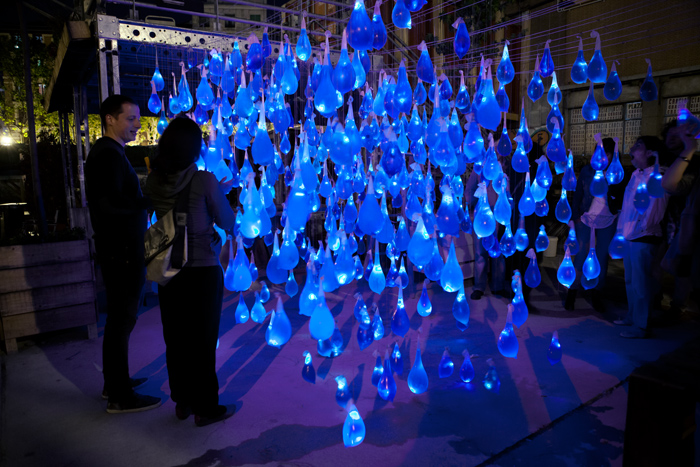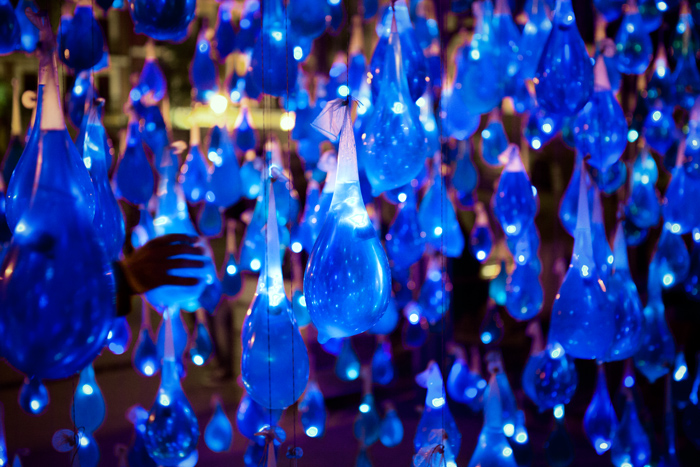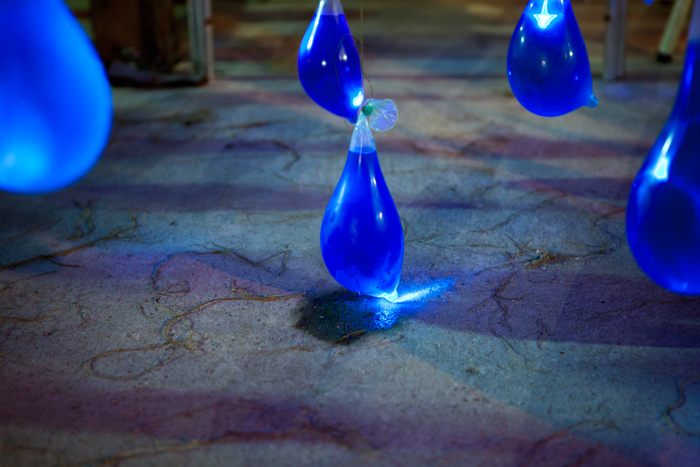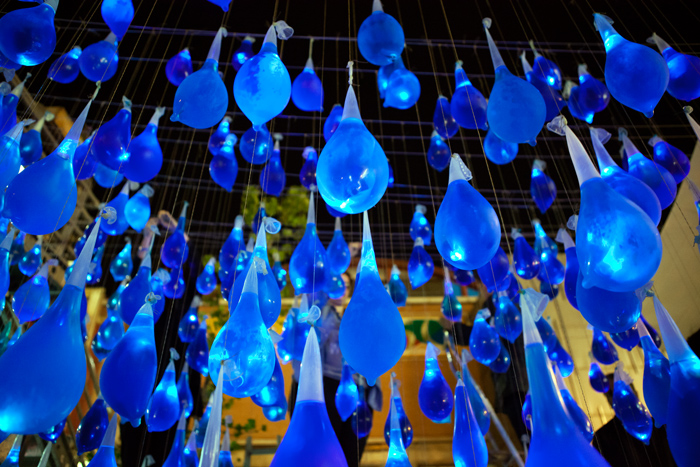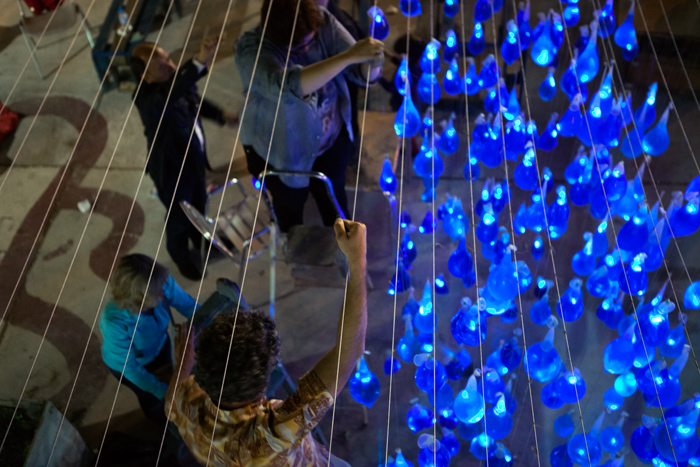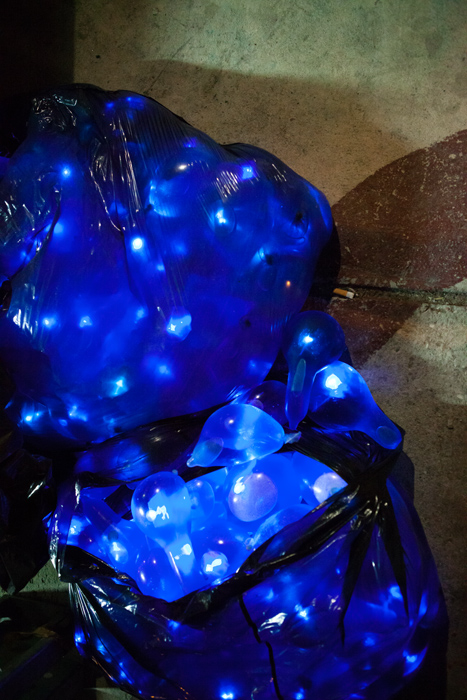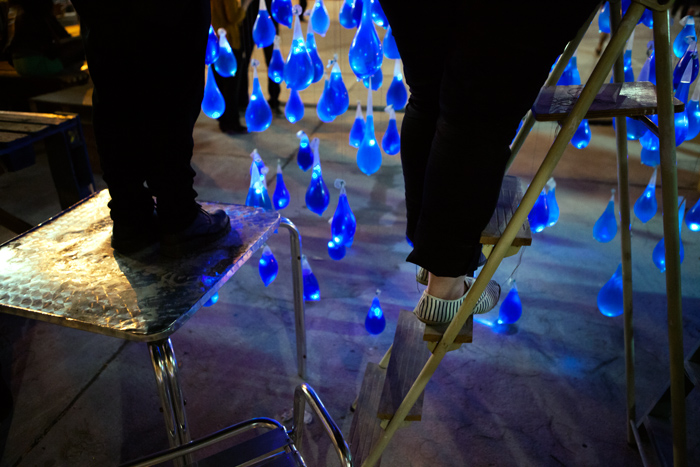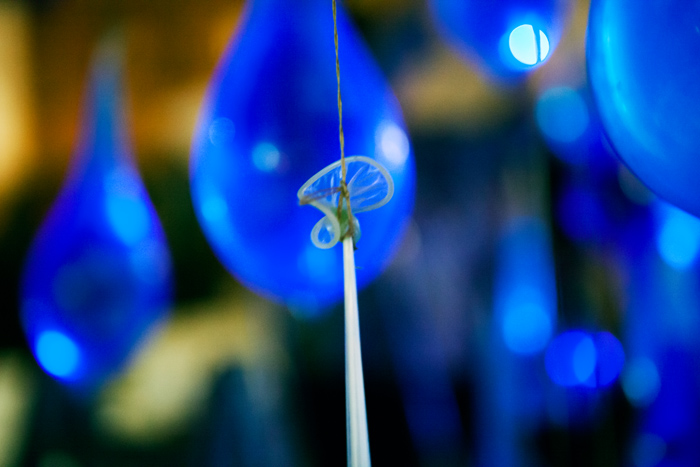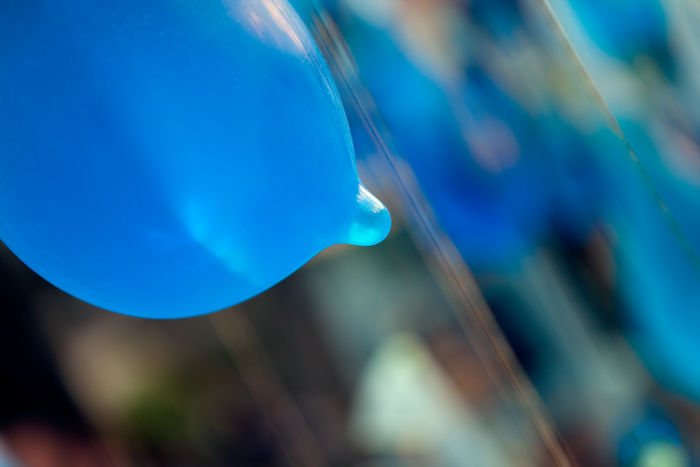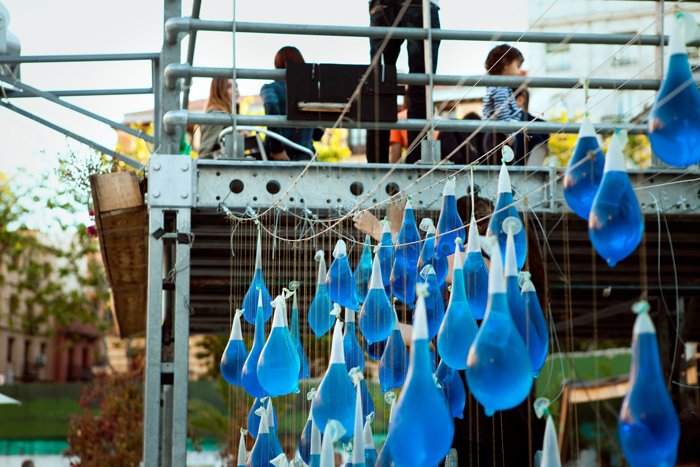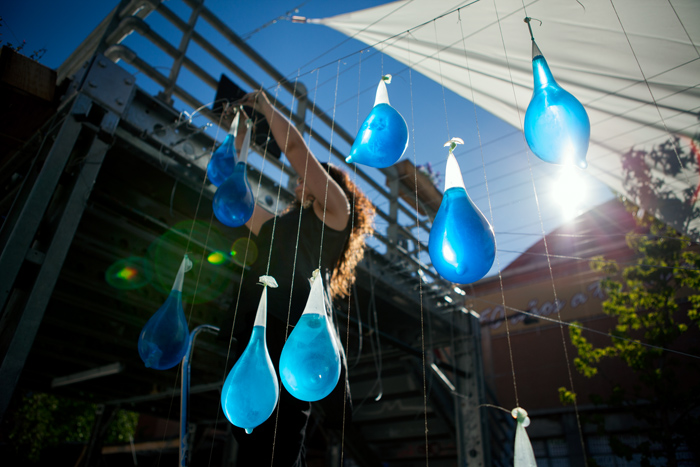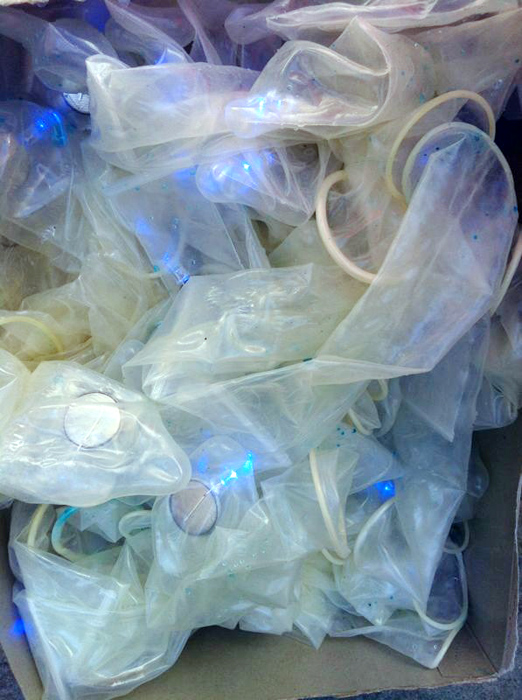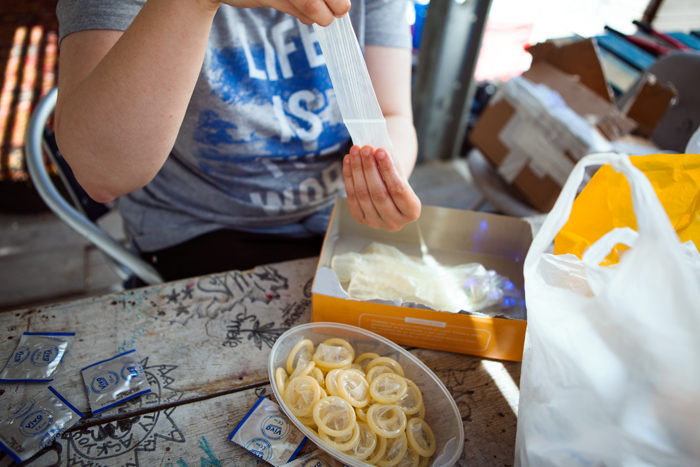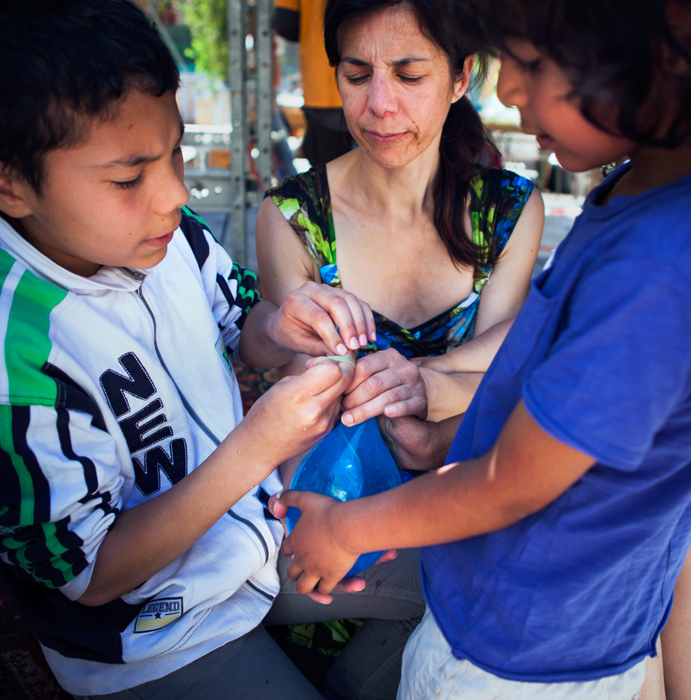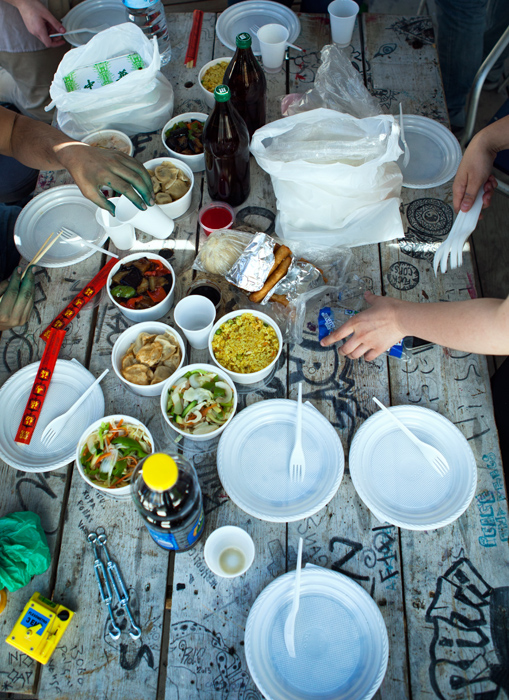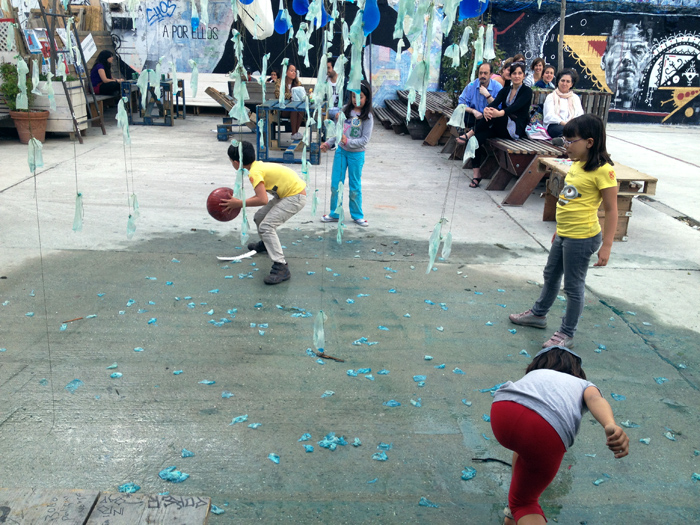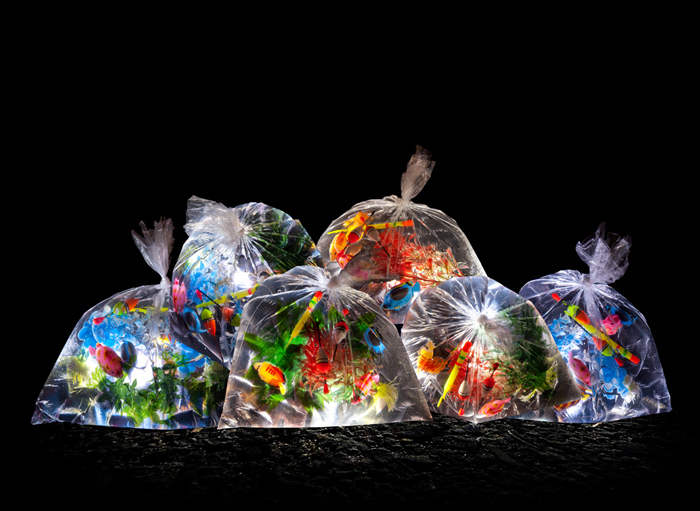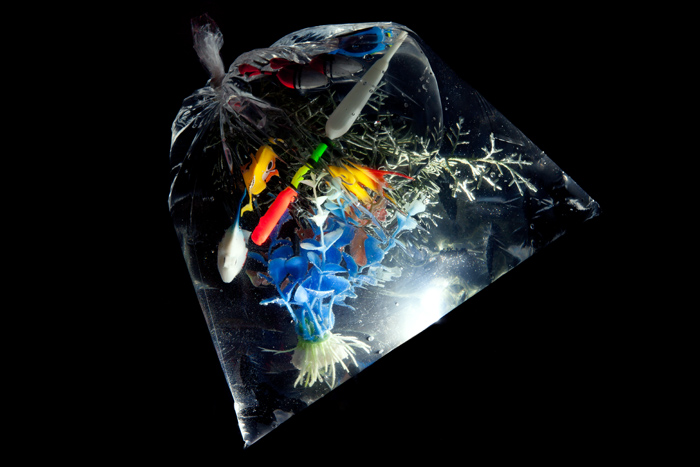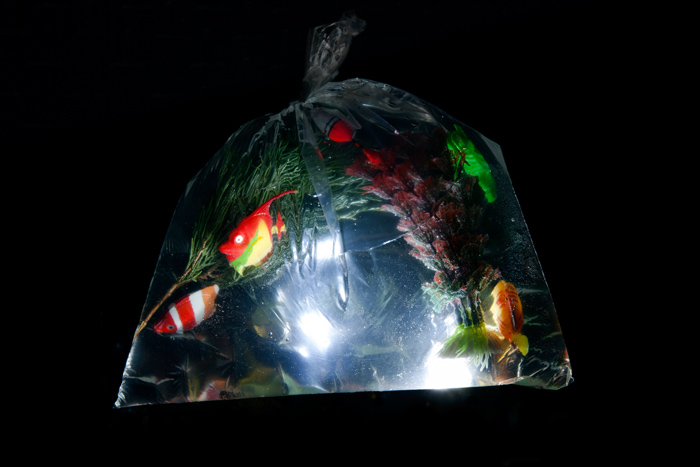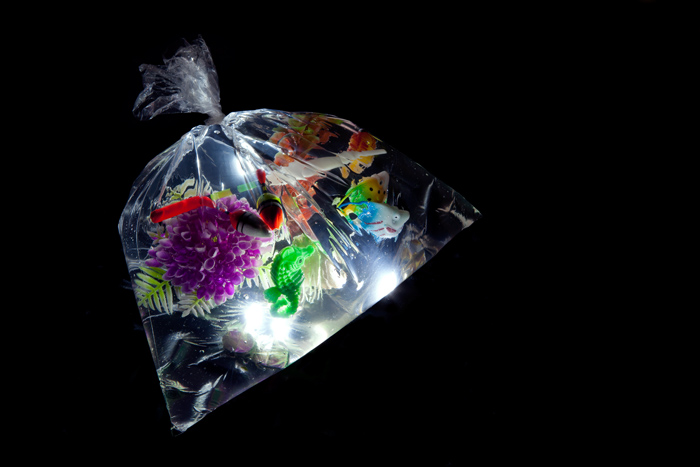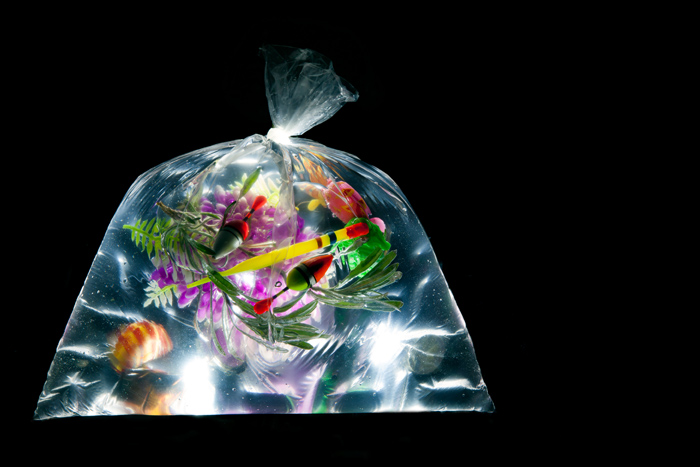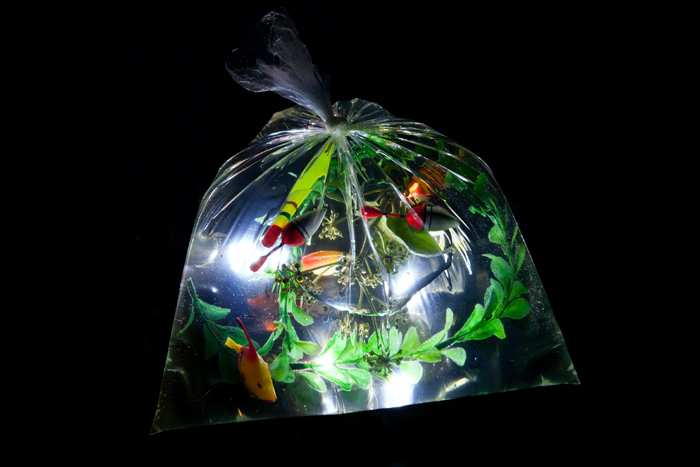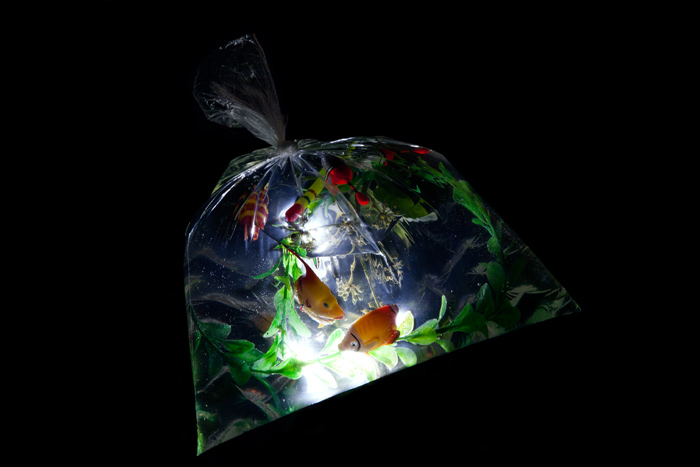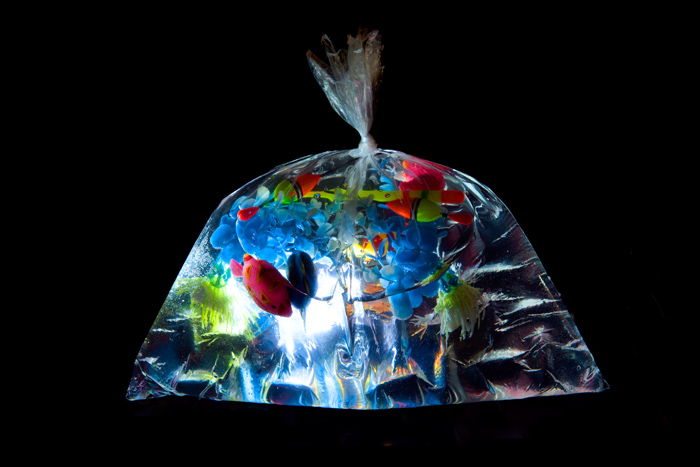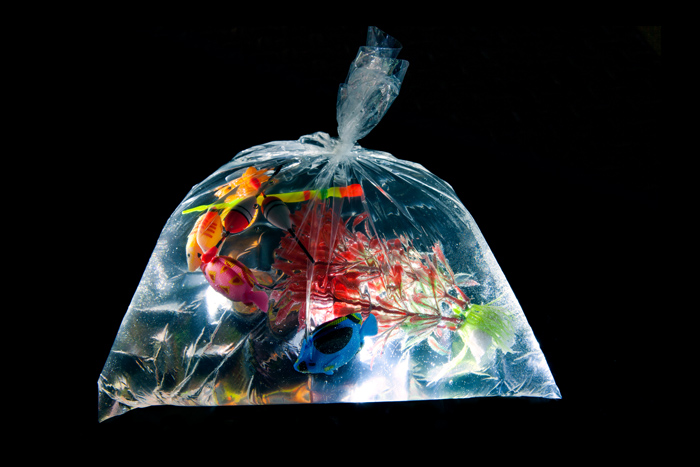Night of urban fishing / Noche de pesca urbana
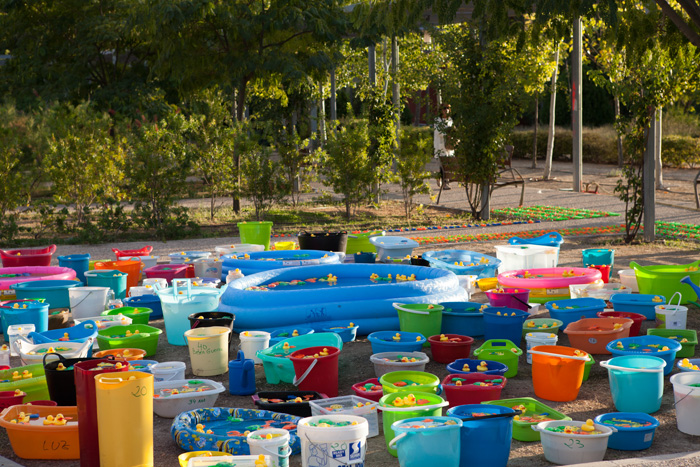
Hace unos días, por fin pudimos llevar a cabo una de nuestras instalaciones más queridas, Pescando en Luz, de la que ya hemos hablado mucho por aquí.
Fue posible gracias al Festival de Cultura en la Calle de Rivas Vaciamadrid, una ciudad al sureste de Madrid, donde pudimos materializarla, gracias a la iniciativa de un Ayuntamiento, que ha tenido la «osadía» de promover un festival donde la participación ciudadana fue la razón de ser y en el que los vecinos, generosamente, nos prestaron todo tipo de recipientes, para que los llenáramos de luz, patos y peces de colores, invitando a los paseantes, al saludable deporte de la pesca urbana, nocturna e iluminada.
Además de divertirnos, nos gustó hacer esta pieza deportiva de andar por casa y nada competitiva, justo después de que se develara finalmente de Madrid no había sido elegida la ciudad organizadora de los Juegos Olímpicos del 2020, ese evento pseudodeportivo, que se mueve fundamentalmente por intereses económicos alejados de la nobleza que se le presupone a estas convocatorias.
Para nuestra acción participativa, solicitamos 500 recipientes prestados, de los que finalmente conseguimos unos 250, con los que montamos una lago colorista de agua y peces, no tan grande como nos hubiera gustado, pero igualmente concurrido, en el que grandes y pequeños pescaron en una agradable penumbra, que a pesar de invitar al recogimiento, acabó convertida en una alegre algarabía de gritos ilusionados, de los más pequeños, cada vez que lograban atrapar un valioso trofeo.
Durante una semana, se recogieron los envases, anotando el nombre de los dueños en los propios objetos, ya que queríamos que ese dato se sumaran a la instalación además de ayudarnos a identificar los objetos para su devolución.
Incluso esa misma noche, la gente que acudía al evento, llevaba bajo el brazo más recipientes, de manera que la instalación fue creciendo a lo largo de la noche, desbordando nuestras expectativas más optimistas.
También nos han contado, que al día siguiente, algunos pequeños recrearon sus propias instalaciones de pesca con luz en formato casero y adaptadas a bañera, lo cual nos llenó de alegría. Gracias Belén por la foto.
Queremos las gracias a los vecinos de Rivas, al personal del Ayuntamiento y a la organización, que aceptó ayudarnos en un proyecto que exigía un altísimo grado de implicación.
Además, tuvimos la suerte de compartir festival con buenos amigos artistas, como Suso33, Basurama, La Galería de la Magdalena, o Makea…
No podemos dejar de agradecer a Cris que como siempre nos ayudara en la instalación, haciendo que todo fuera mucho más fácil.
Las fotos son de Gustavo Sanabria, y si os quedáis con ganas de más, podéis ver la documentación fotográfica que aparece en la web de Rivas y en el Flickr de Rdos Hox.
Tiempo de montaje: 3 días.
Daños ocasionados: 0.
Permanencia de la intervención: 4 horas.
……………………………………………….
A few days ago, we finally carried out one of our favourite installations, Fishing in Light, that we have already talked a lot about here.
It was possible thanks to the Culture Festival in the Street in Rivas Vaciamadrid, a town to the southeast of Madrid, where we could make it happen, thanks to the initiative of the Town Hall, which had the «audacity» to promote a festival where the participantion of the residents was the reason behind it and in which the residents generously loaned us all kinds of containers, so that we could fill them with light, ducks and colored fish, inviting passersby, to the healthy sport of urban, nocturnal, illuminated fishing.
In addition to having fun, we wanted to do this non-competitive sports piece at home, just after it was finally revealed that Madrid had not been chosen as the host city for the 2020 Olympic Games, that pseudo-sporting event, that is primarily driven by economic interests far from the ideas of nobility that these events evoke.
For our participatory action, we asked for the loan of 500 containers, in the end, we had about 250, with which we constructed our colorful lake of water and fish, not as big as we would have liked, but equally as beautiful, in which both large and small fished in the enjoyable twilight, which in spite of inviting its recollection, ended up turning into a joyous cacophony of excited screams from the small ones, each time that they caught a valuable trophy.
For one week, the containers were collected, noting the name of the owners on the objects themselves, as we wanted that data to be added to the installation in addition to helping us to identify the objects for their return.
Even that same evening, people who came to the event, carried more containers under the arm, so the installation grew throughout the night, surpassing our most optimistic expectations.
We have also been told, that the next day, some small children recreated their own fishing with light facilities in a homemade format, adapted to the bathtub, which filled us with joy. Thanks Belén for the photo.
We want to thank the residents of Rivas, the staff of the Town Hall and the organization, who agreed to help us with a project that required a high level of involvement.
In addition, we were lucky enough to share the festival with good artist friends, like Suso33, Basurama, La Galería de la Magdalena, or Makea…
We cannot forget to thank Cris who, as always, assisted us with installation, making everything so much easier.
The photos are by Gustavo Sanabria, and if you still want more, you can see the photographic documentation that appears on the Rivas website and on Flickr under Rdos Hox.
Time of installation: 3 days
Damages: none.
Exhibition time: 4 hours.
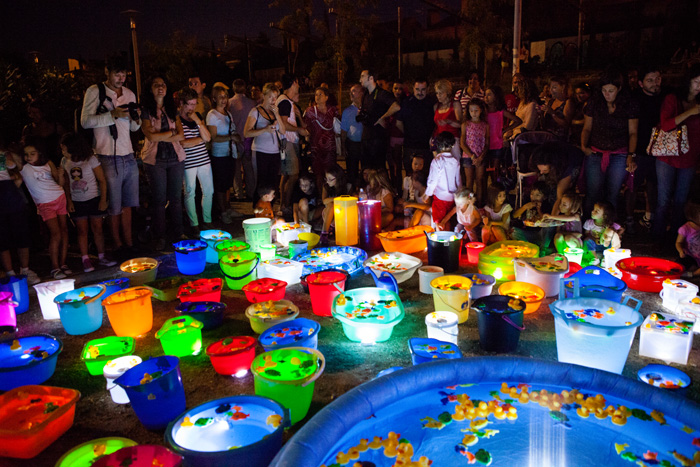
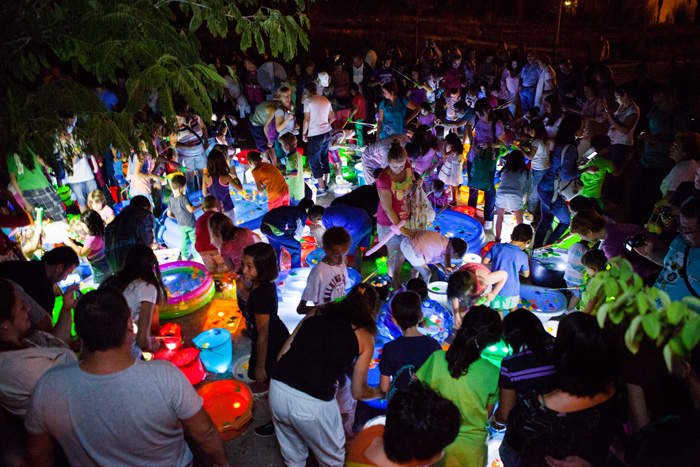
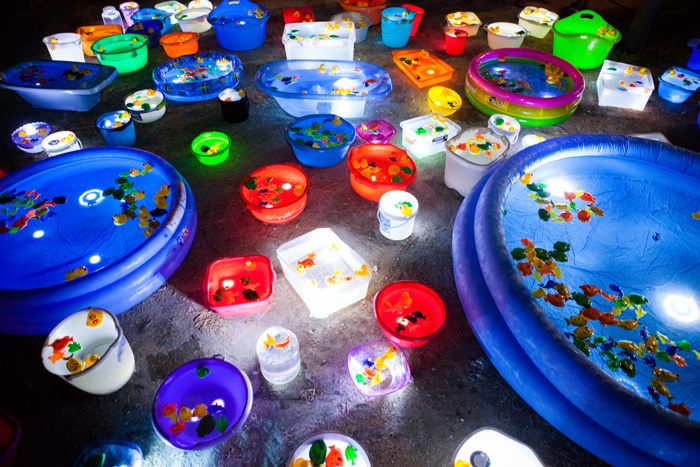

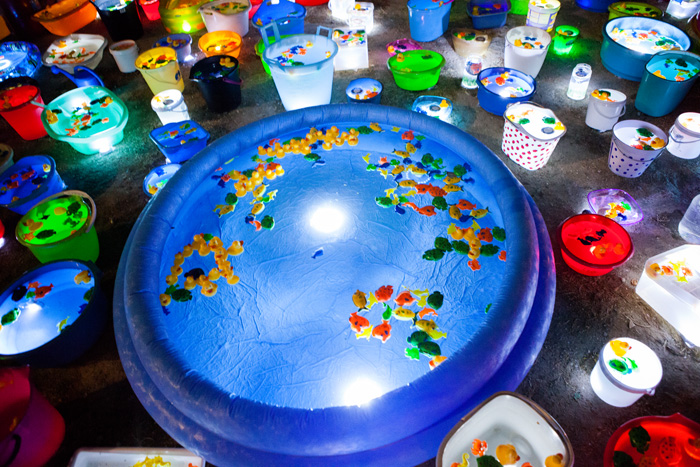




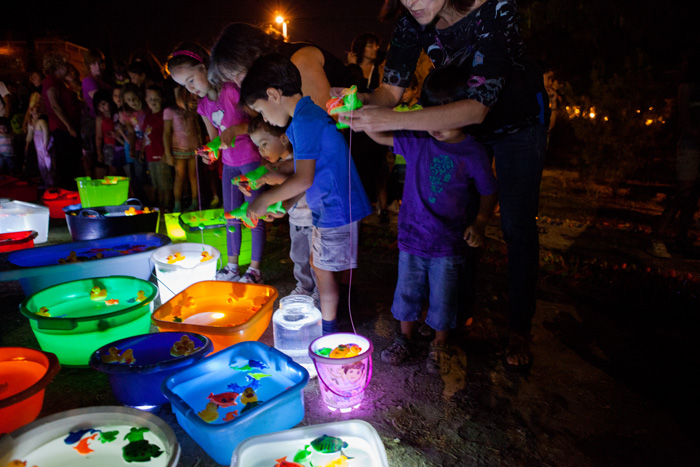
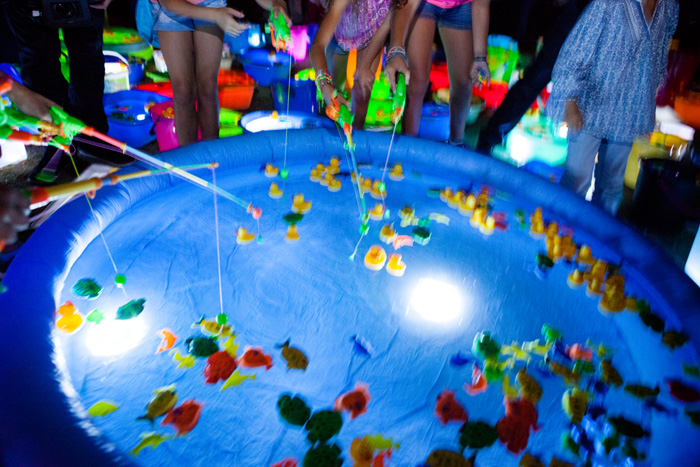

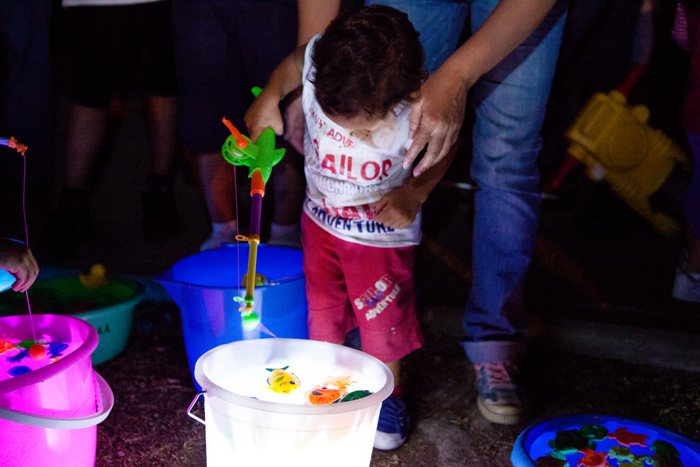


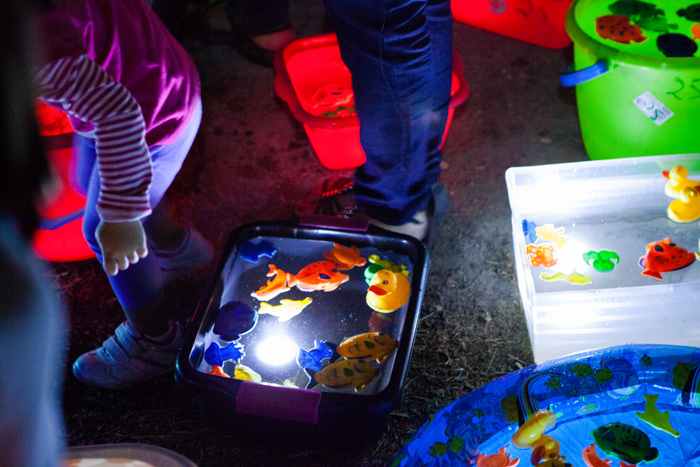
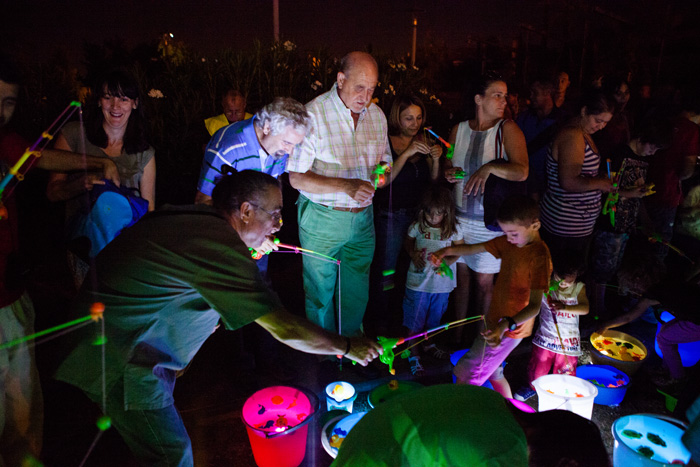
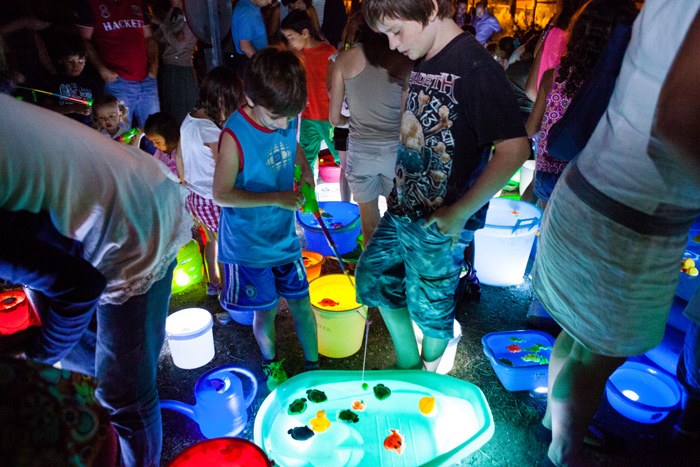
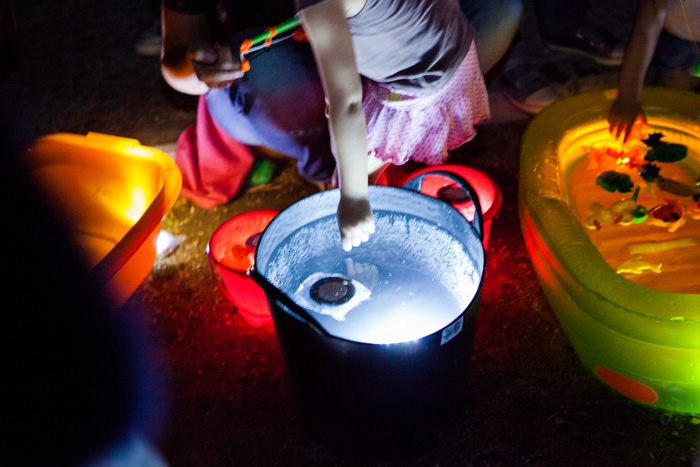
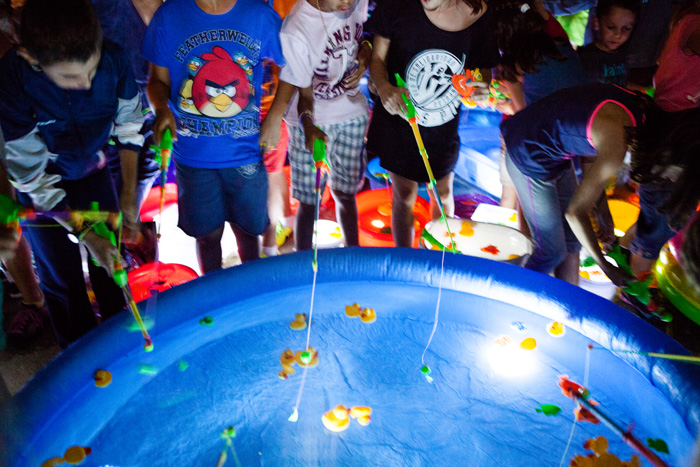




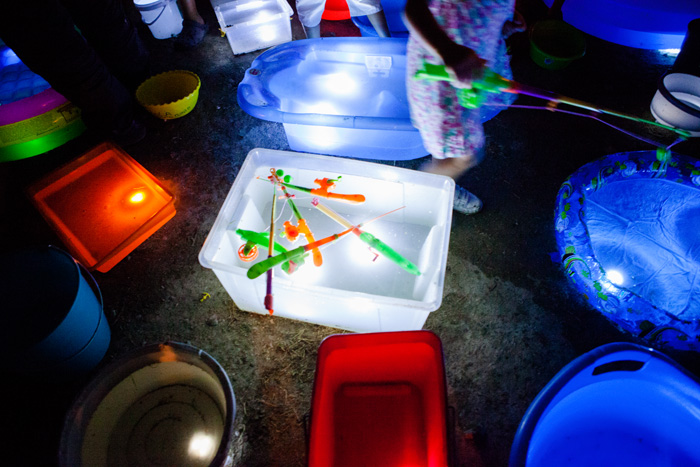


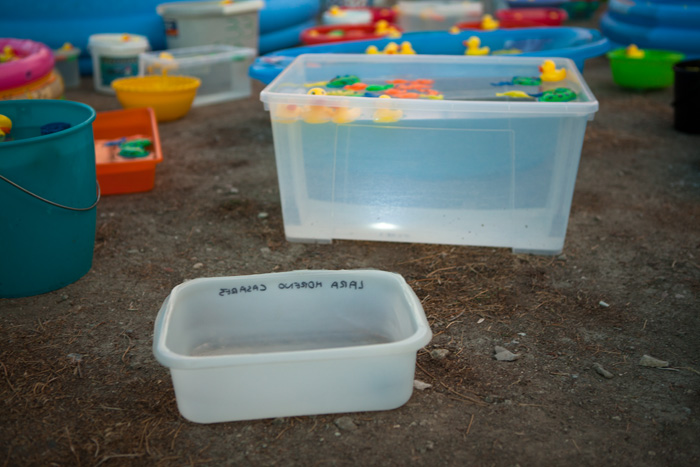


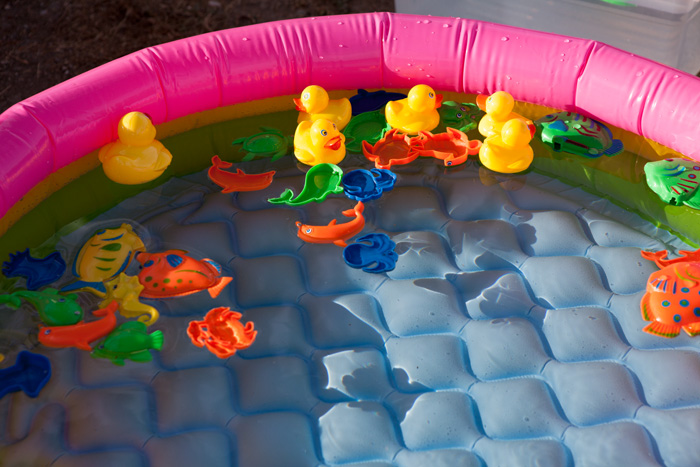
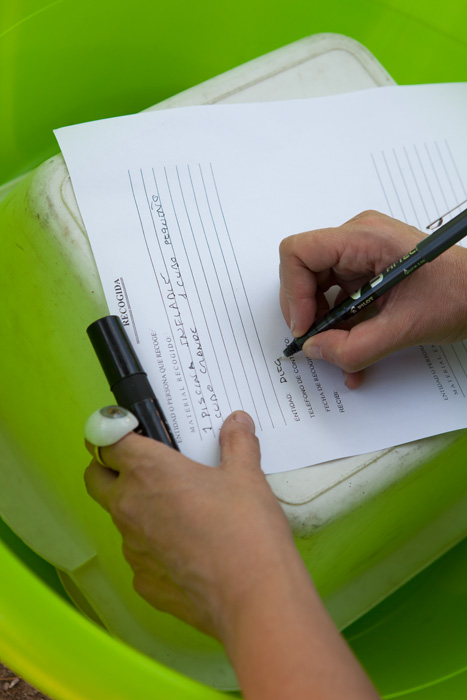

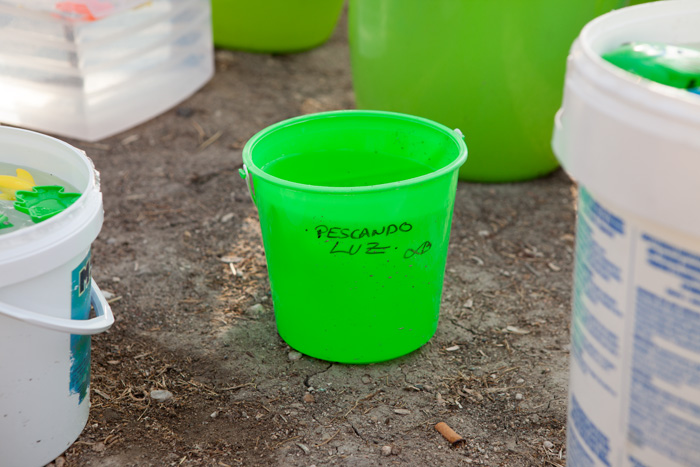


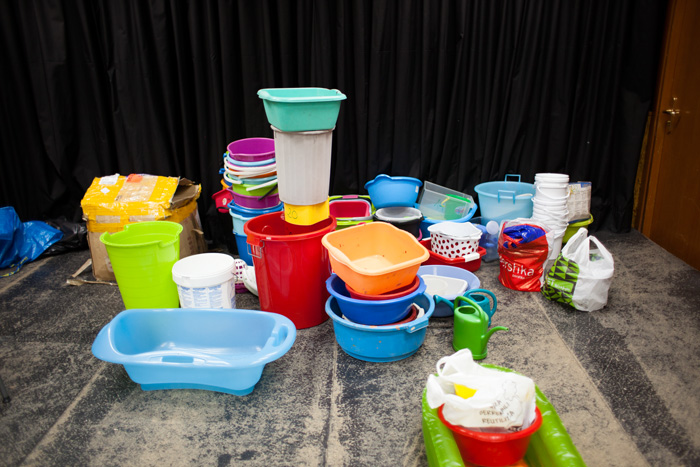
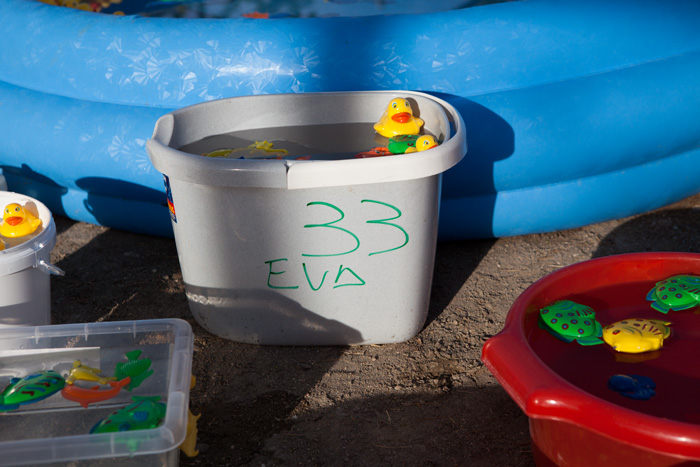

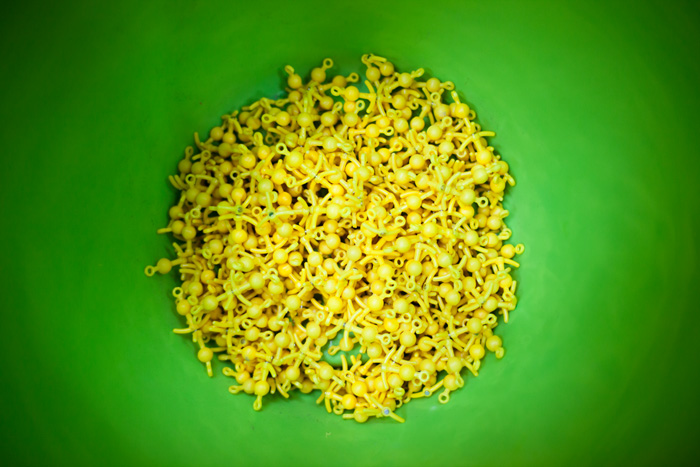



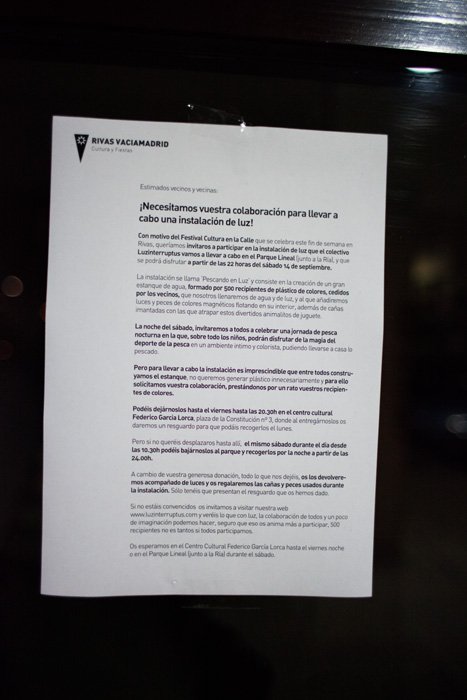

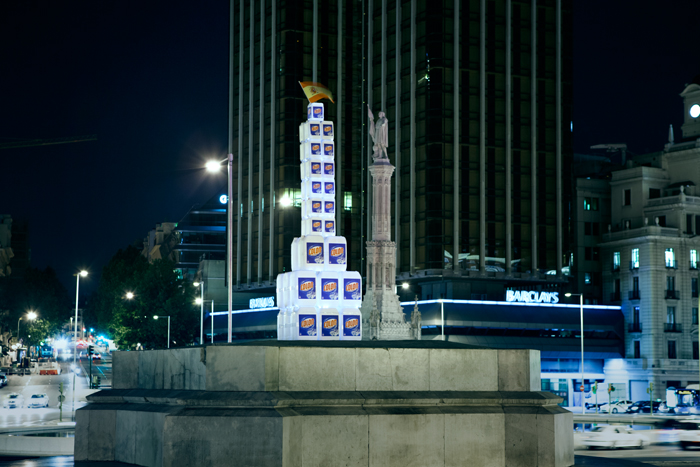
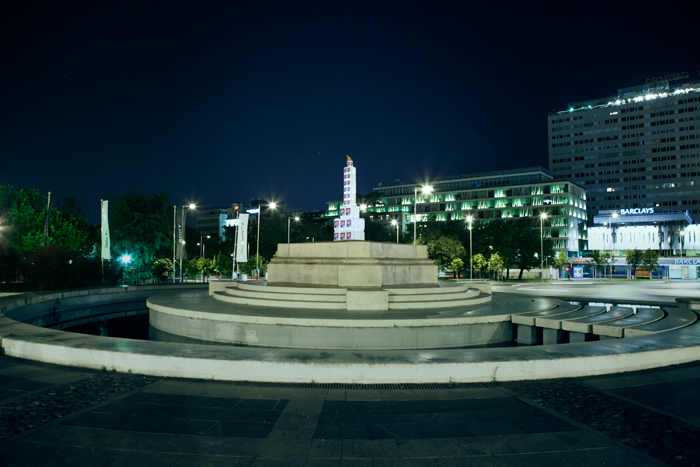
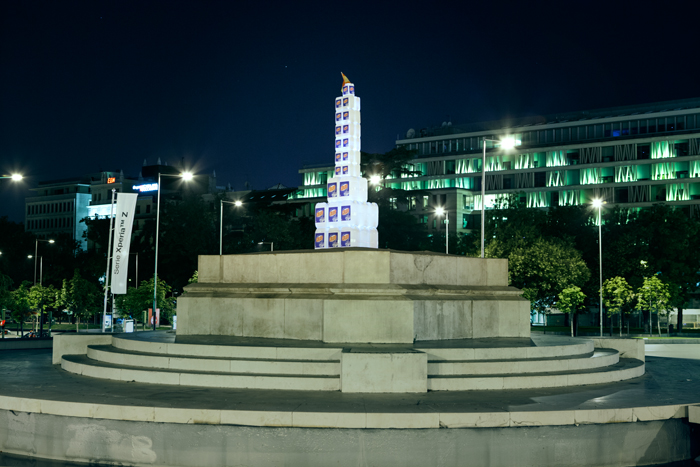

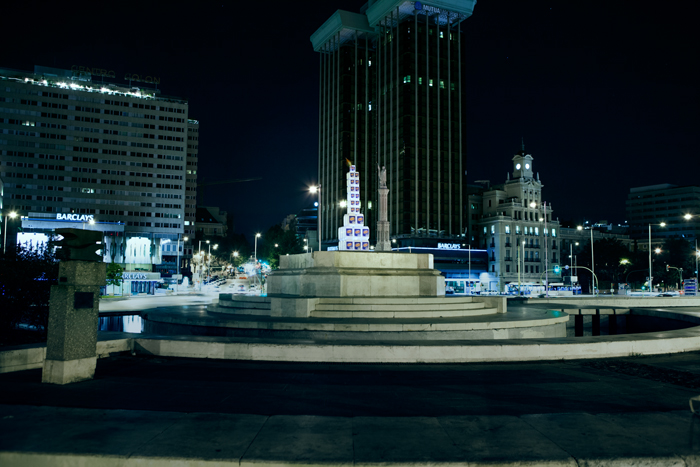
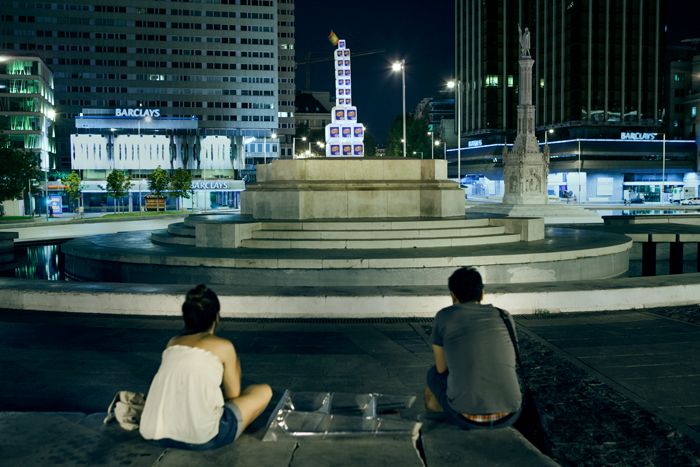

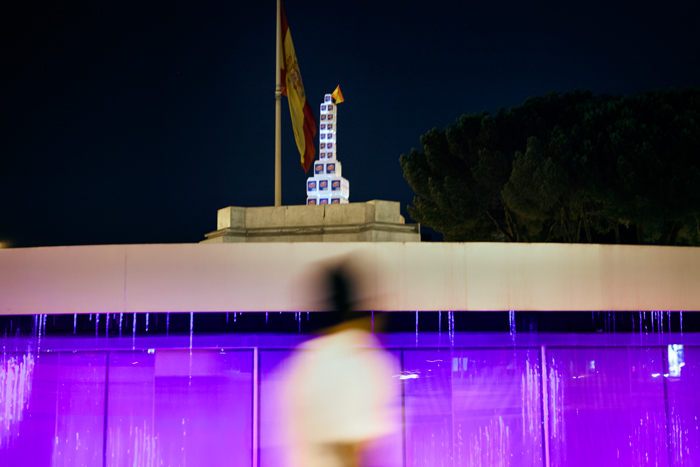
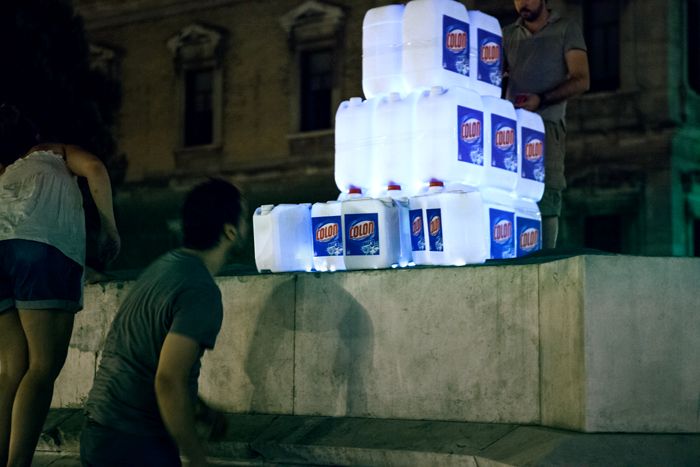
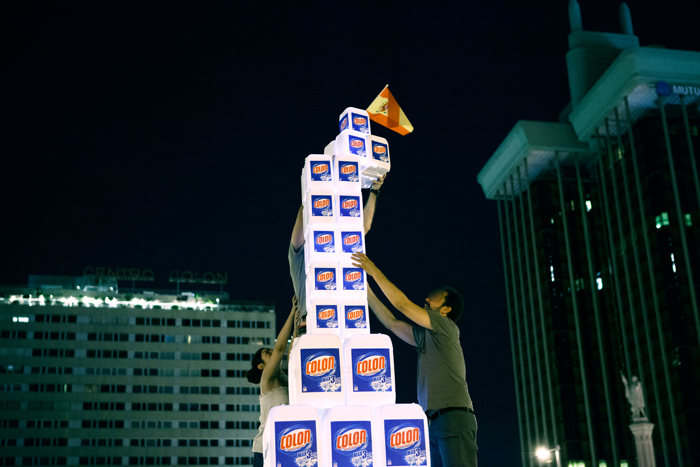
![la foto 1[3]](https://www.luzinterruptus.com/wp-content/uploads/2013/08/la-foto-13.jpg)
![la foto 2[2]](https://www.luzinterruptus.com/wp-content/uploads/2013/08/la-foto-22.jpg)
![la foto 2[4]](https://www.luzinterruptus.com/wp-content/uploads/2013/08/la-foto-24.jpg)
![la foto 4[3]](https://www.luzinterruptus.com/wp-content/uploads/2013/08/la-foto-43.jpg)
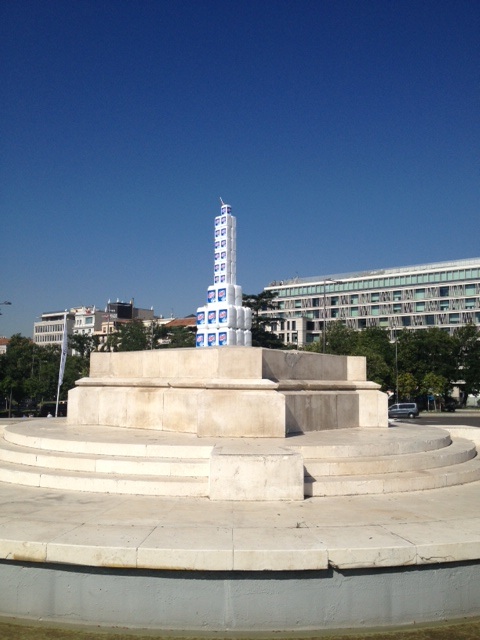
![la foto 4[5]](https://www.luzinterruptus.com/wp-content/uploads/2013/08/la-foto-45.jpg)
